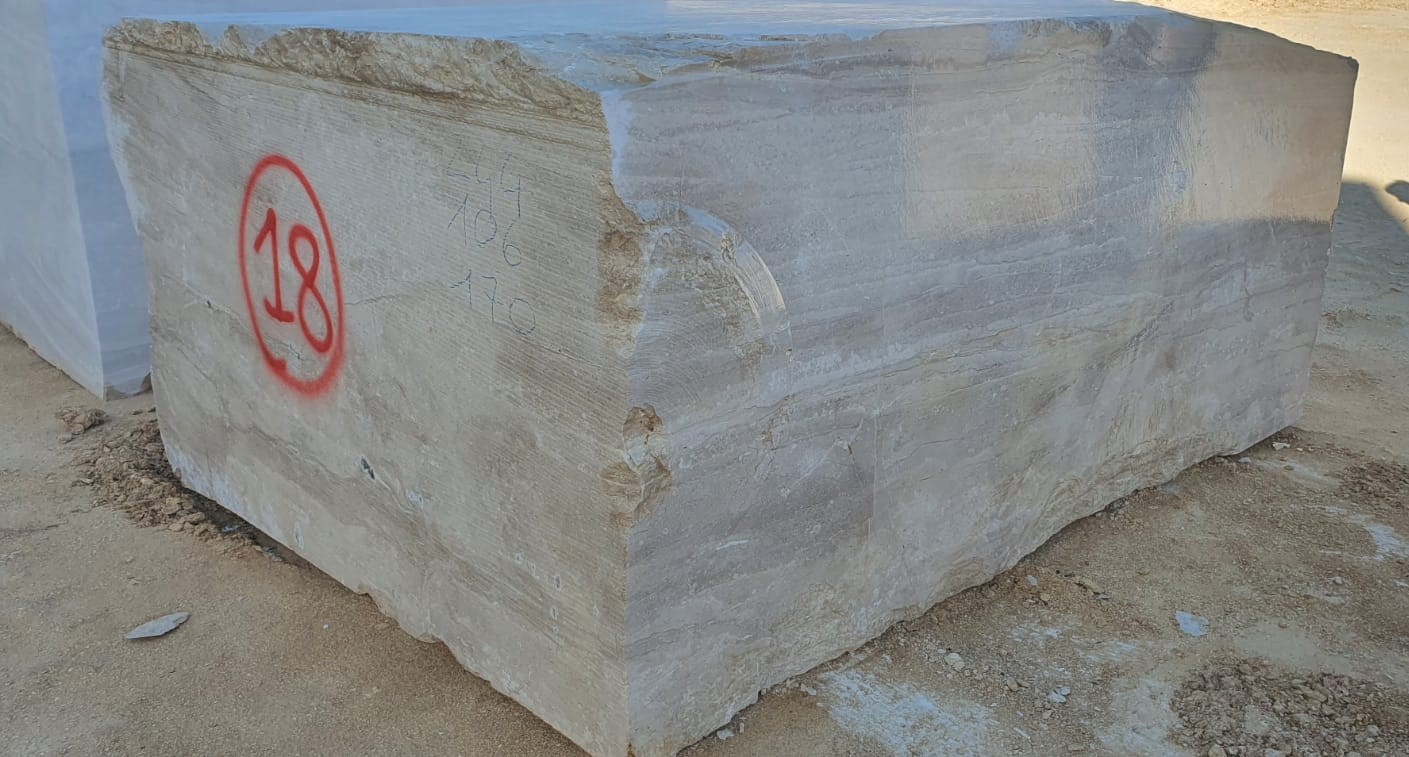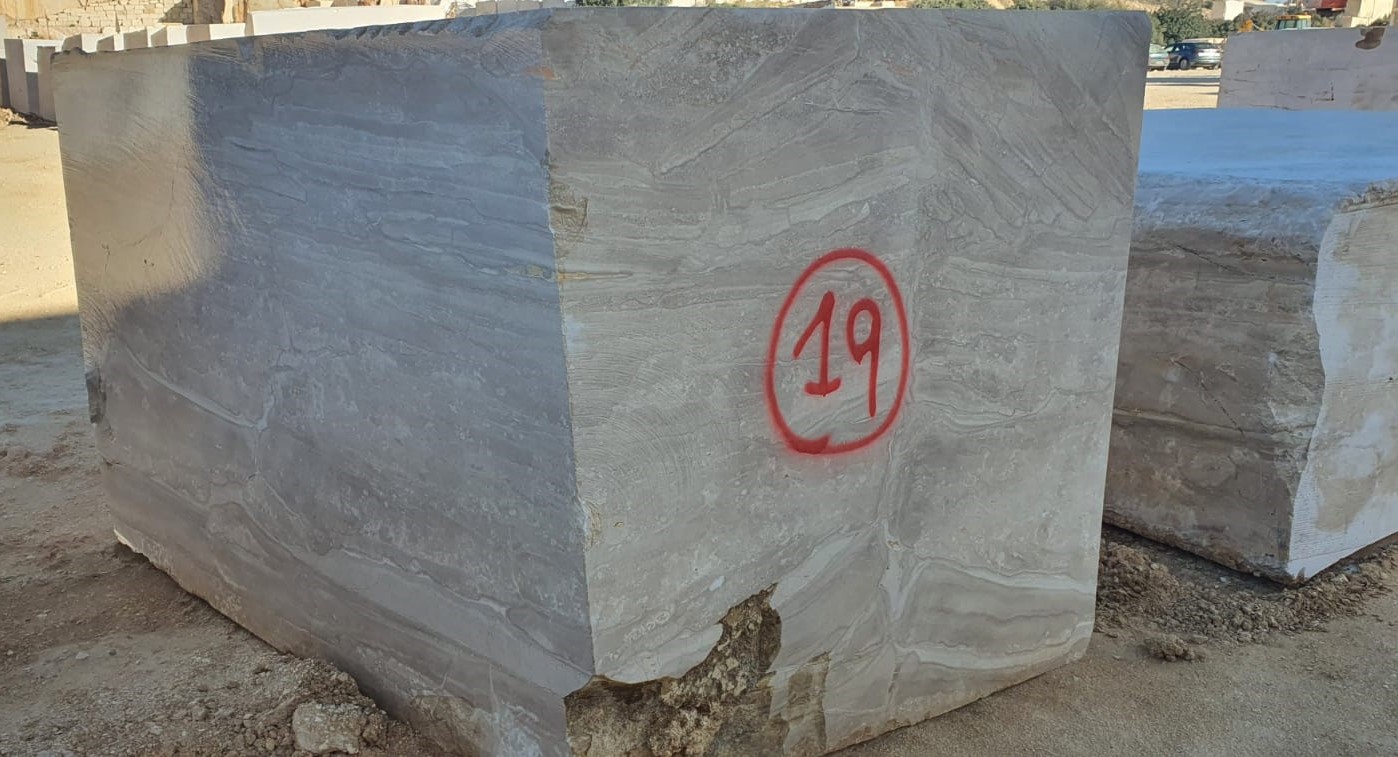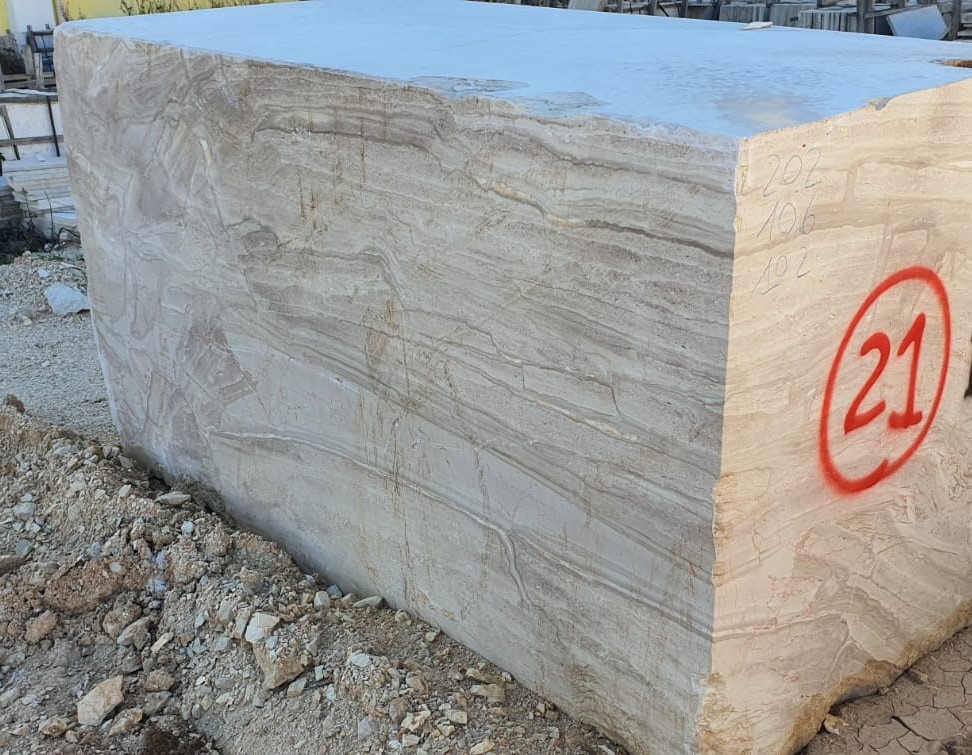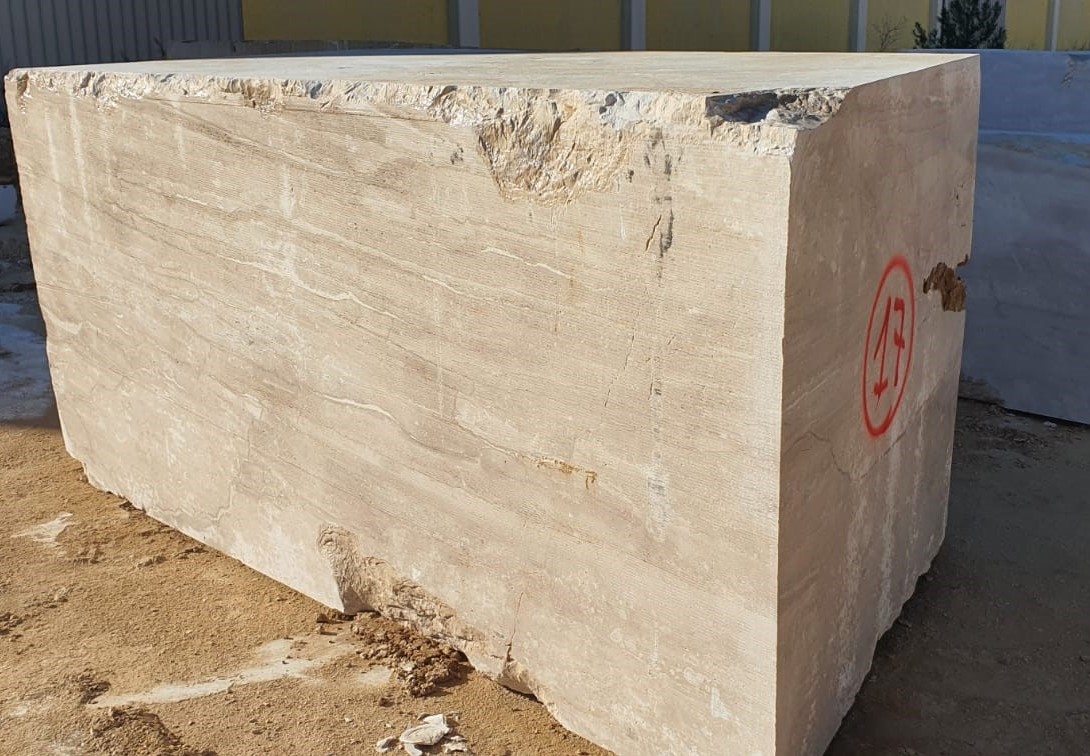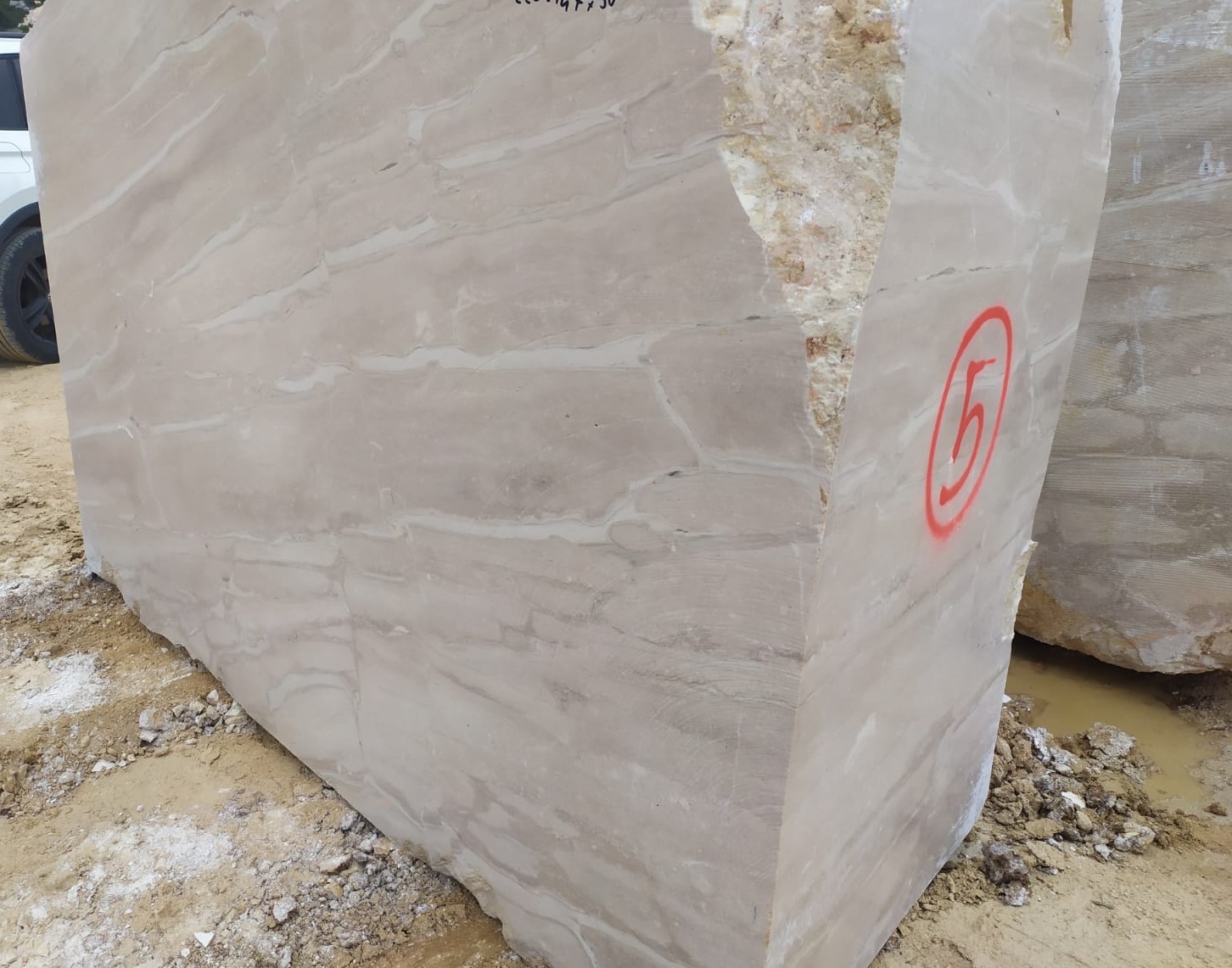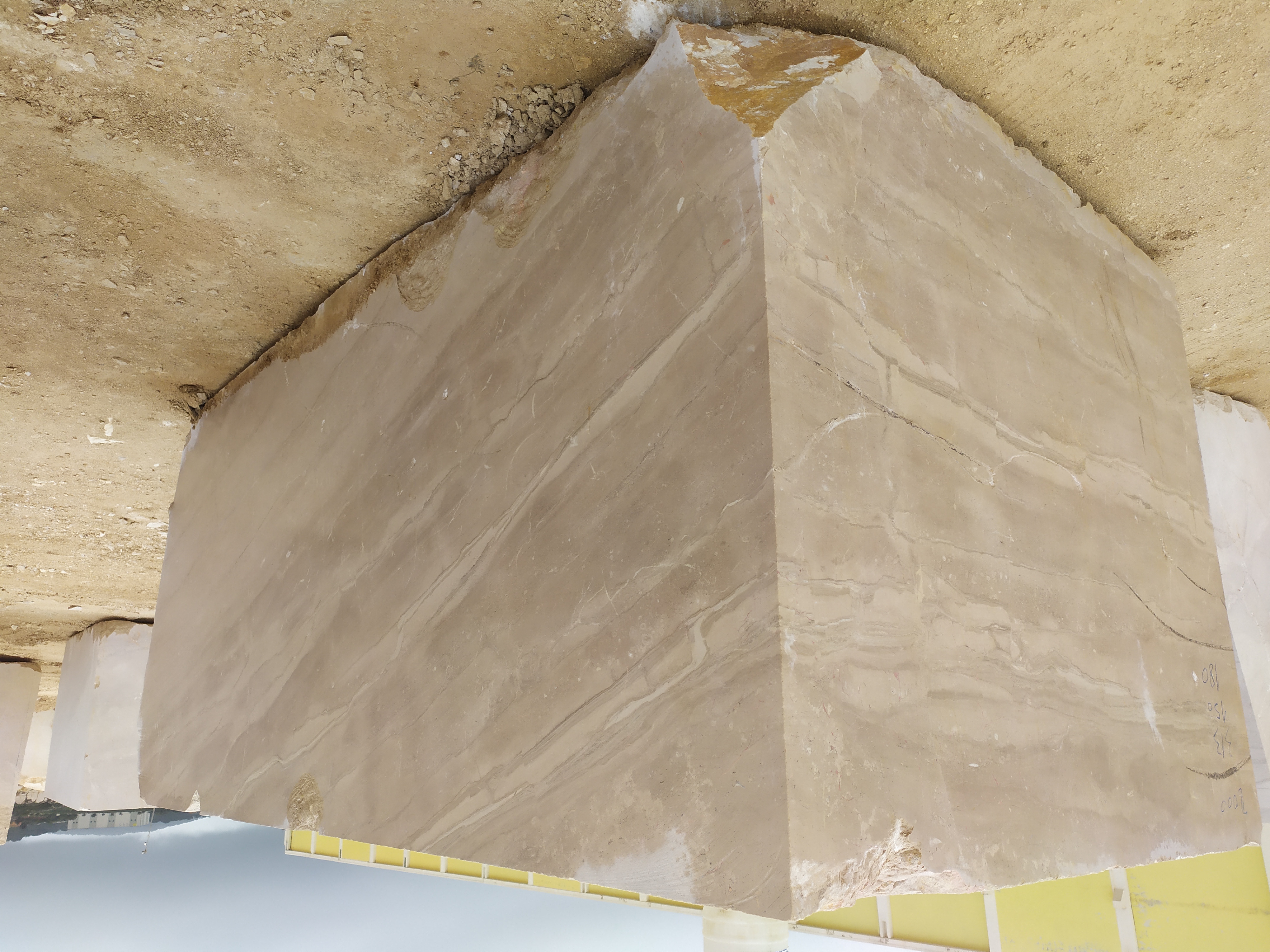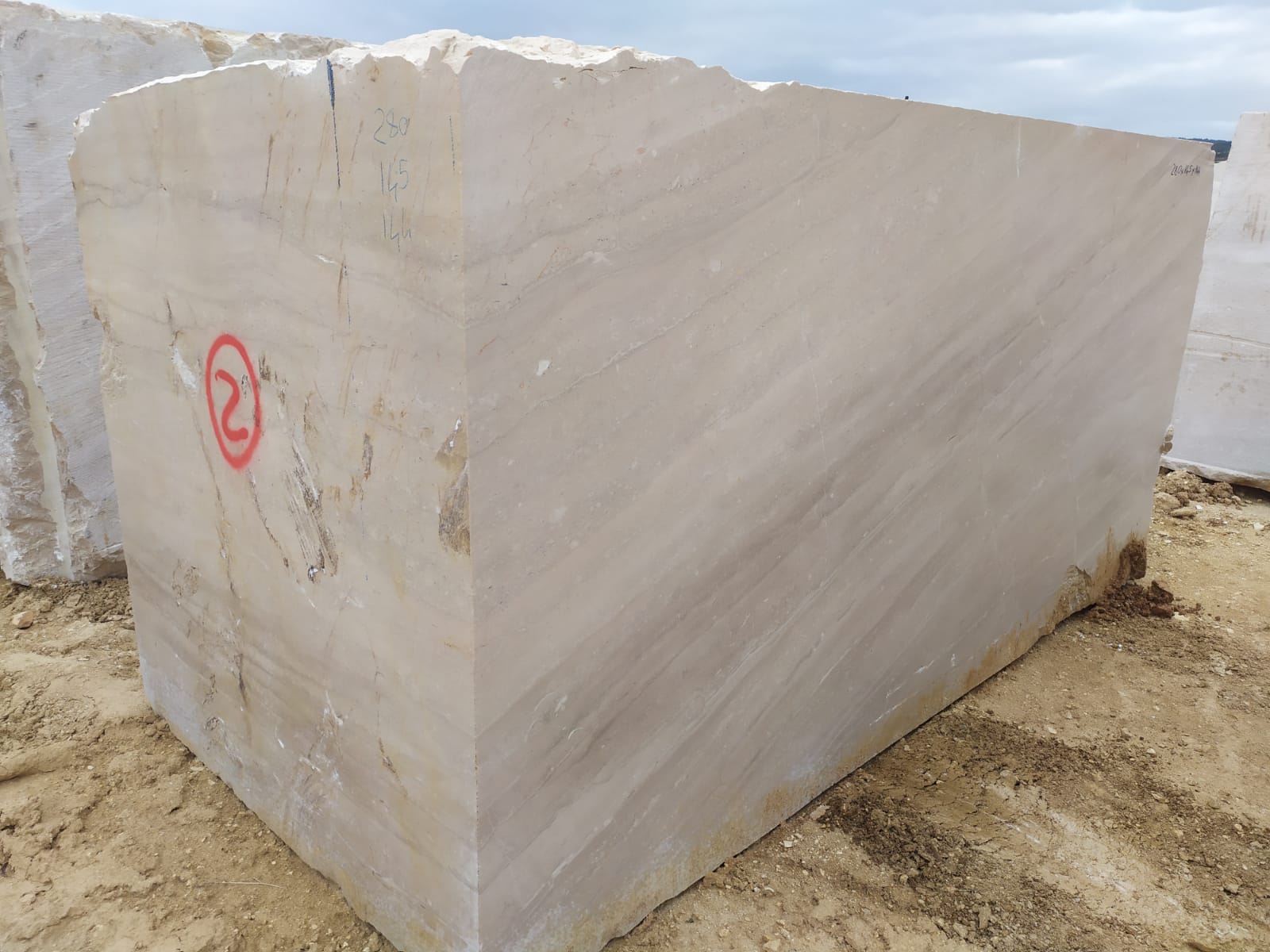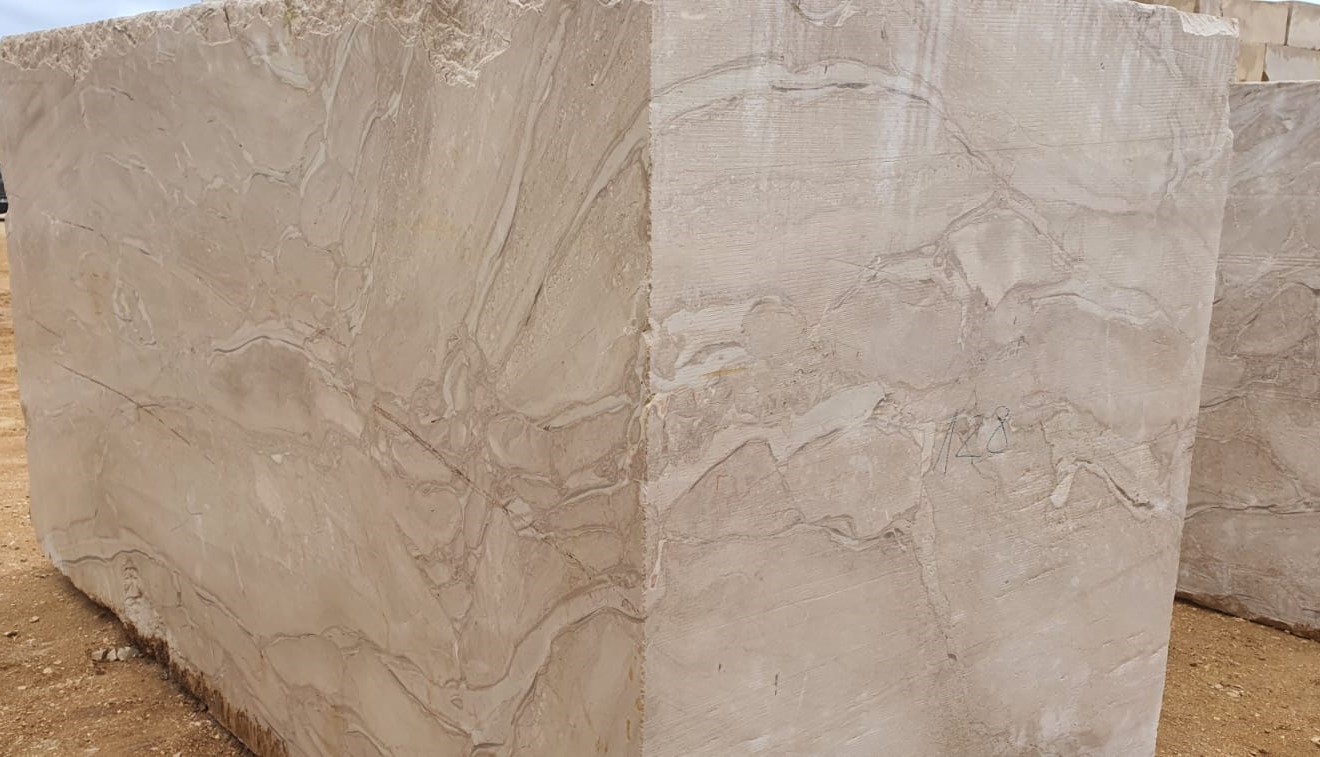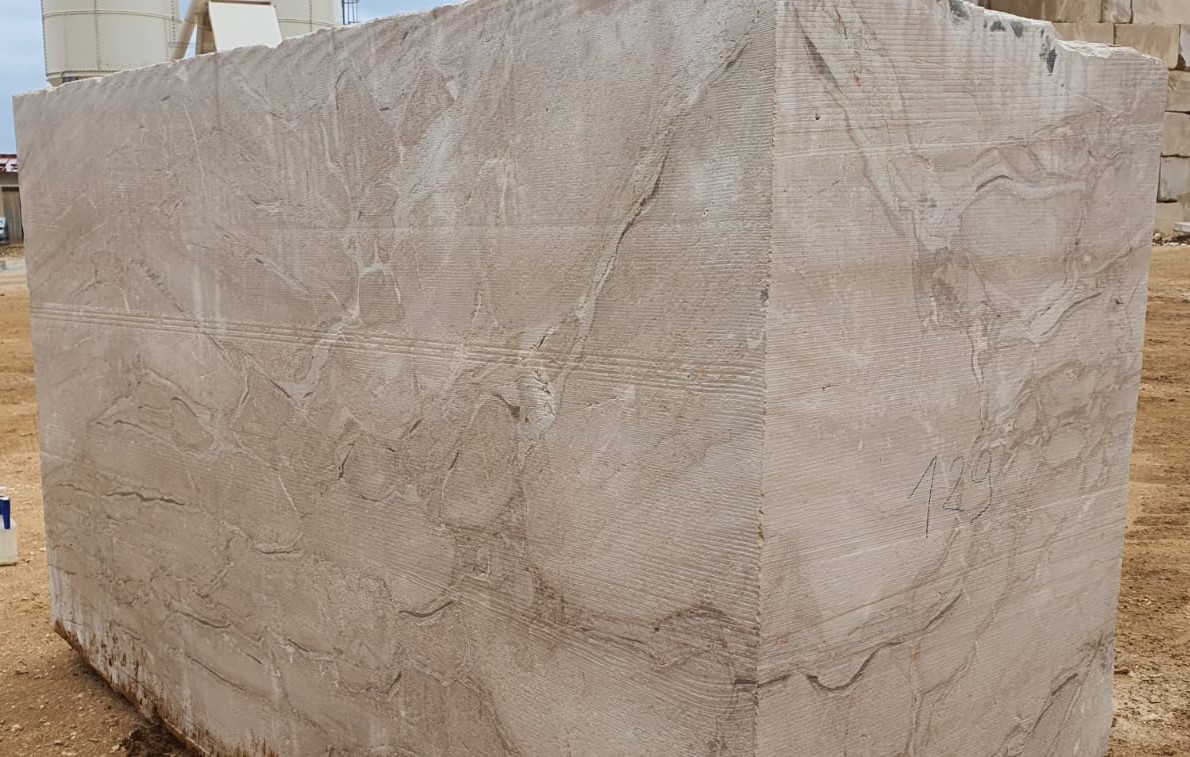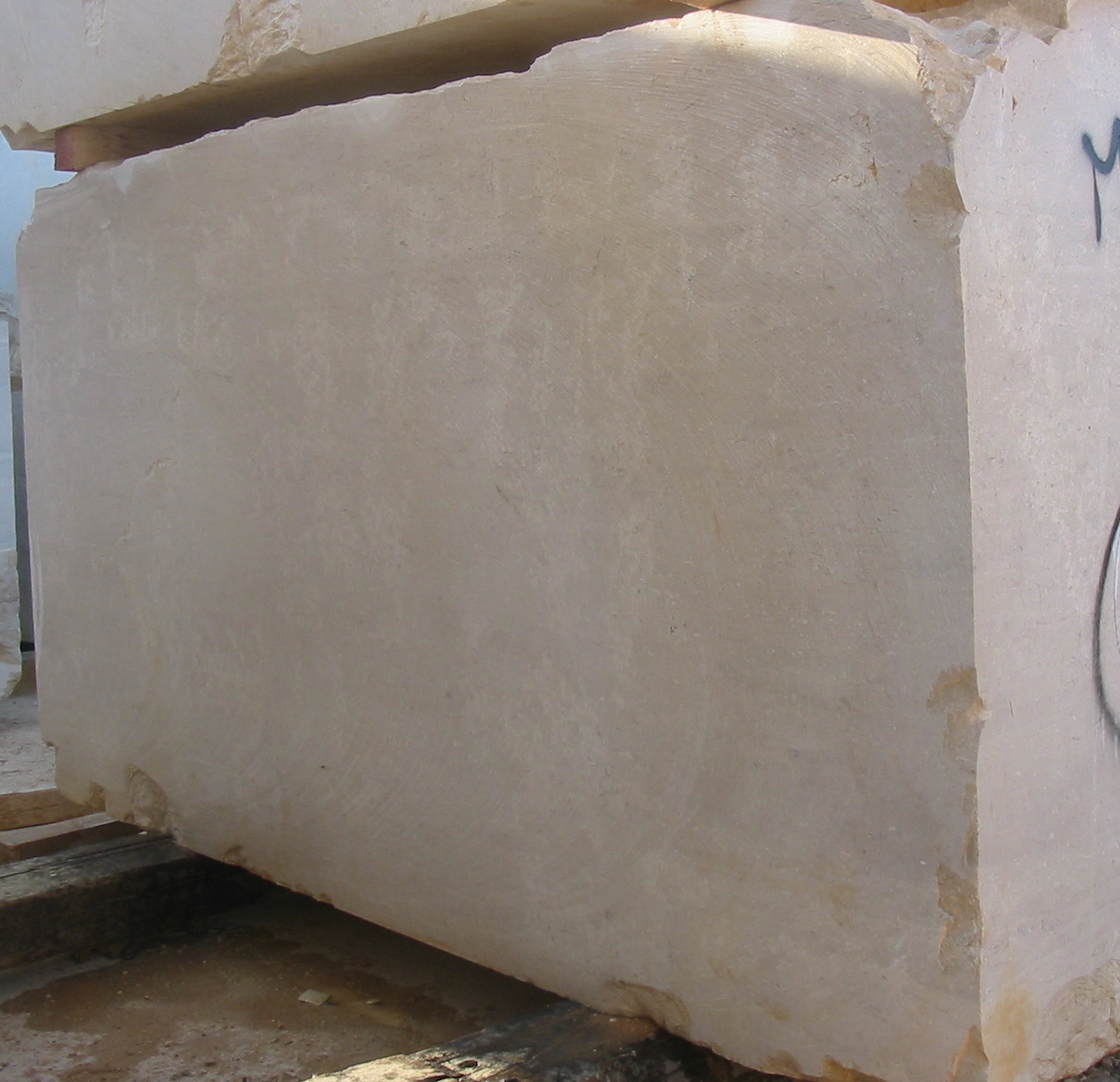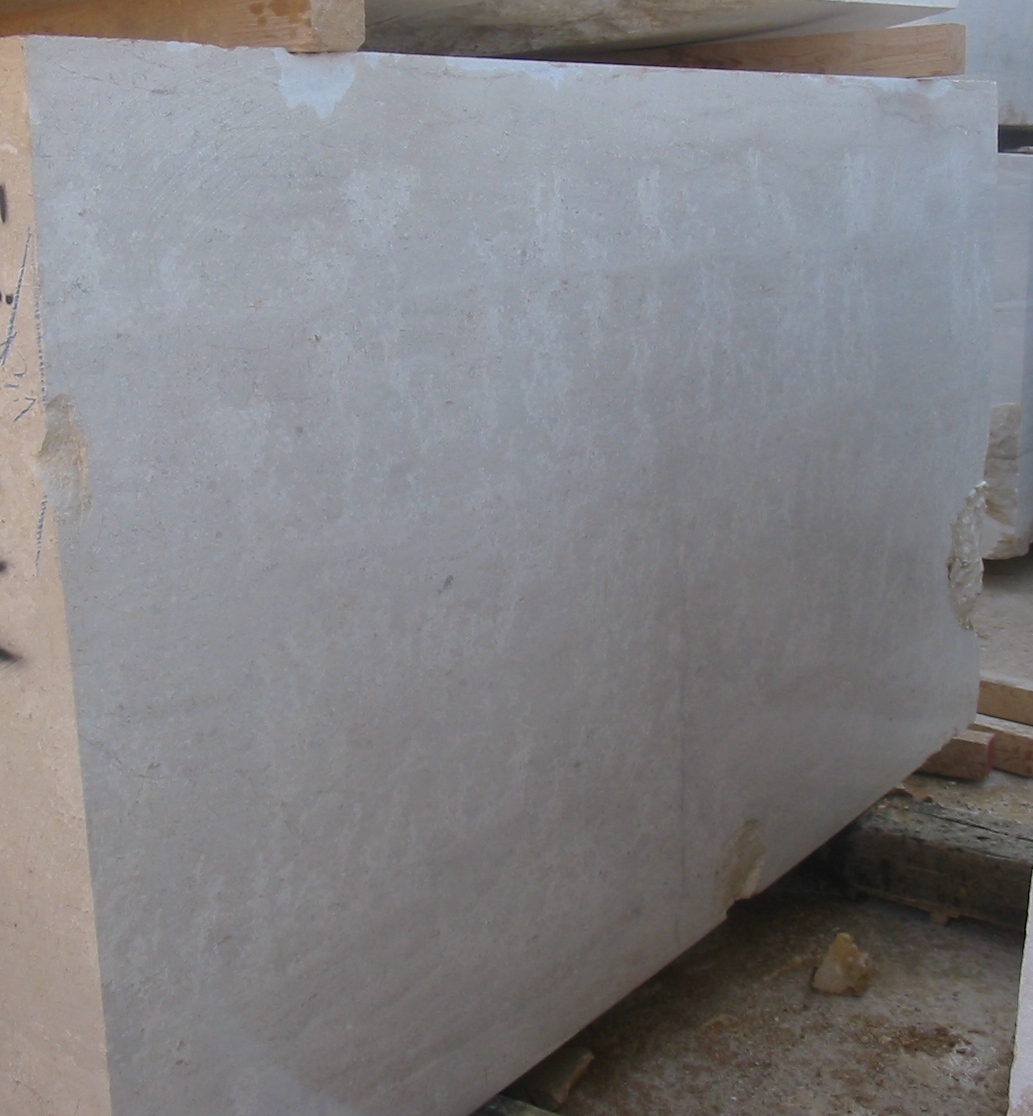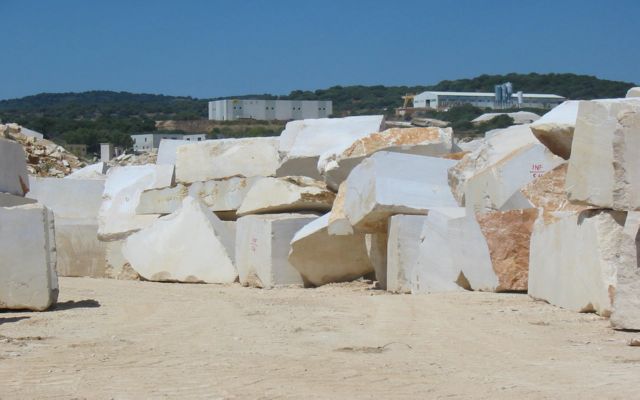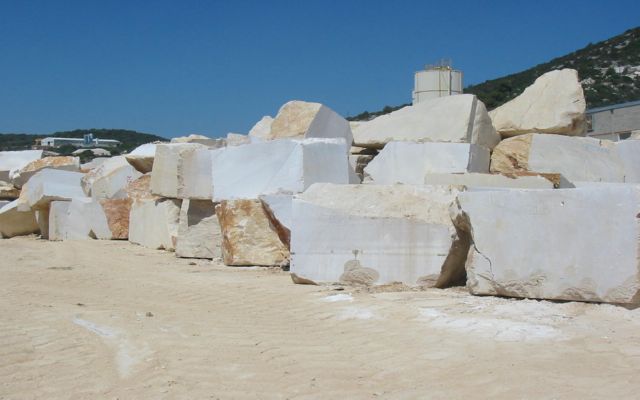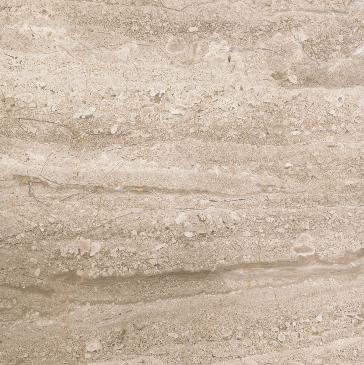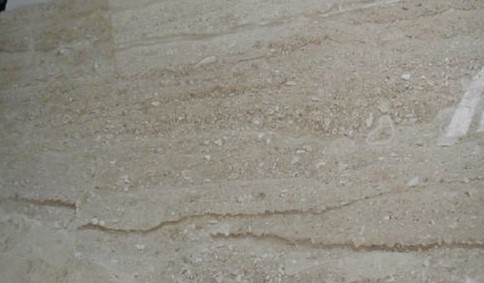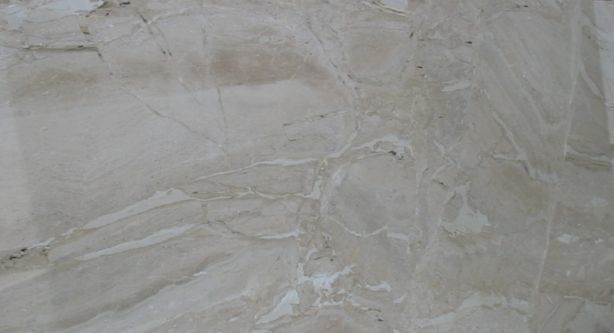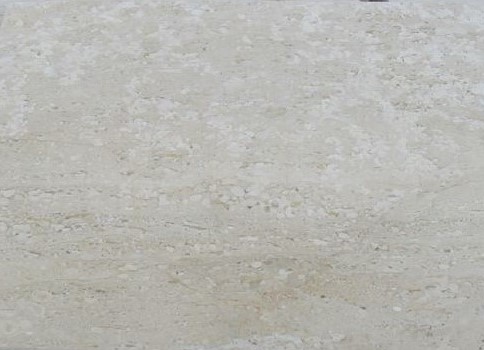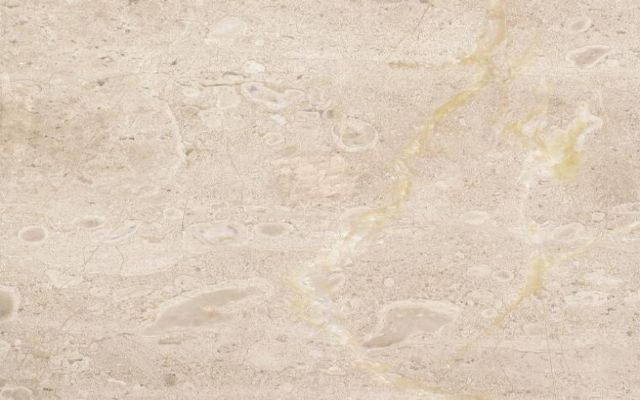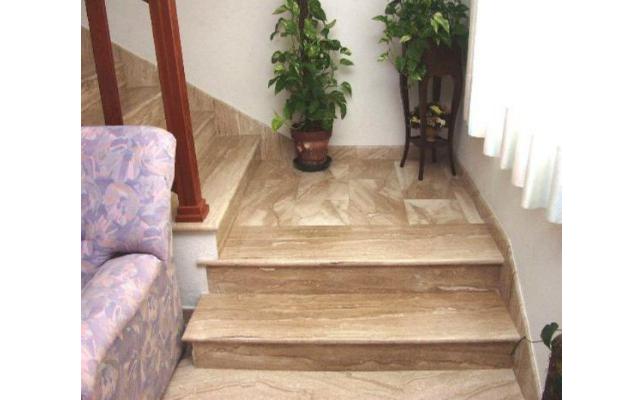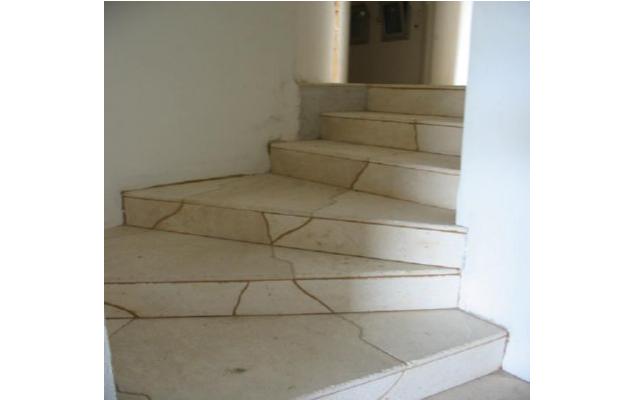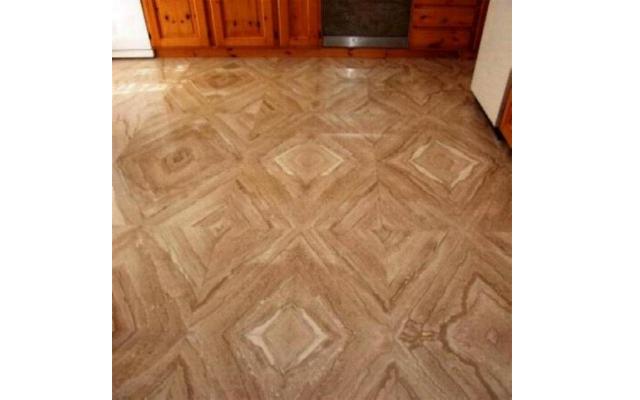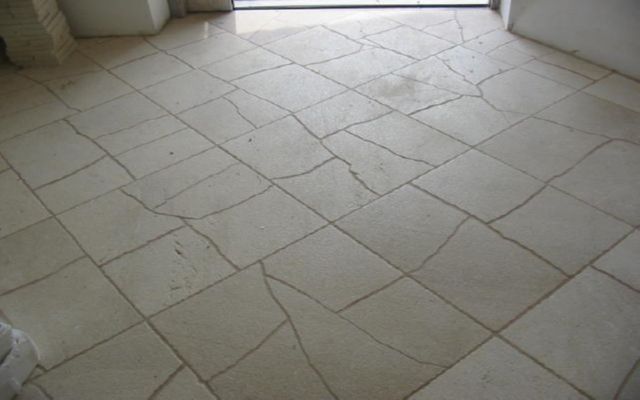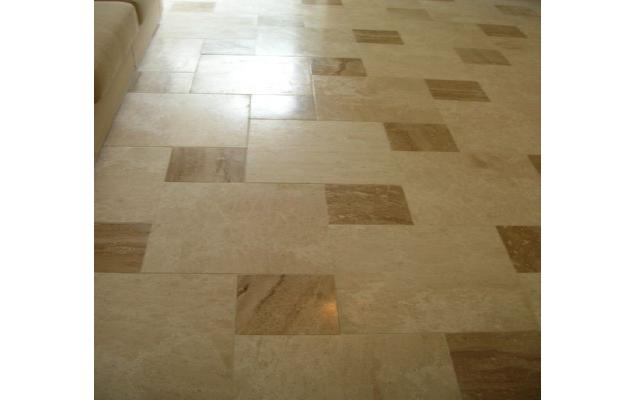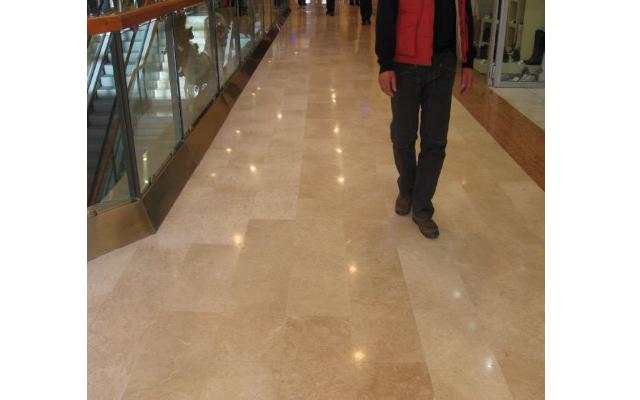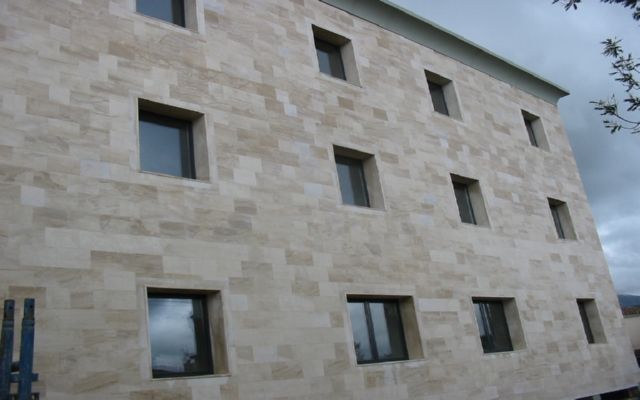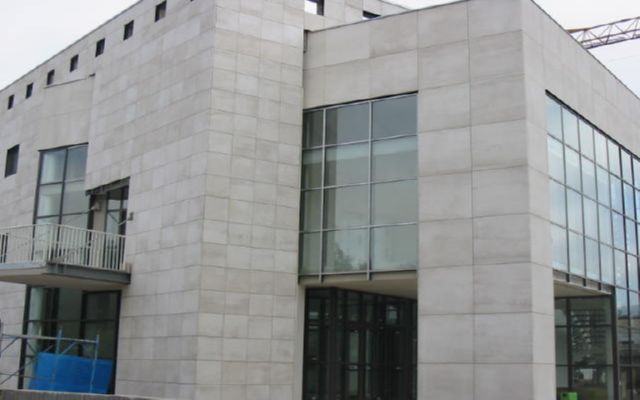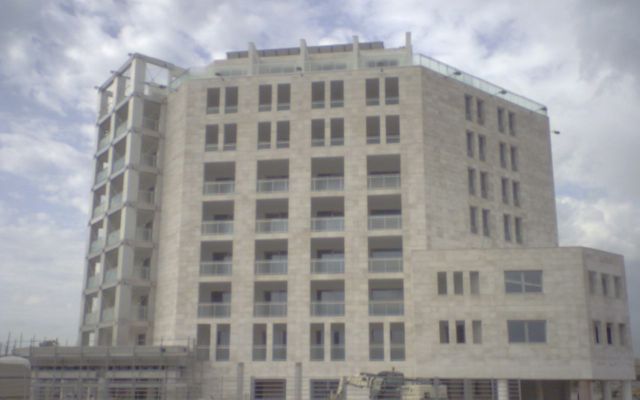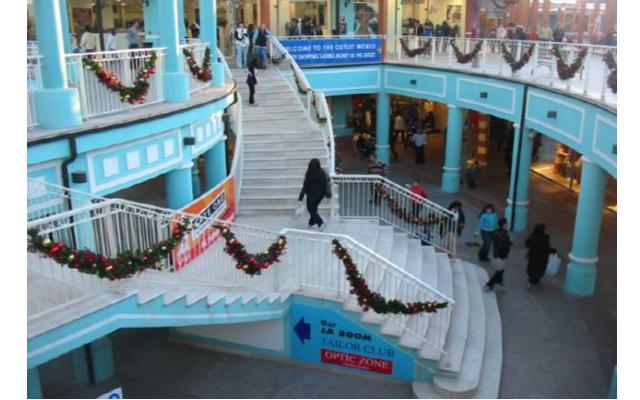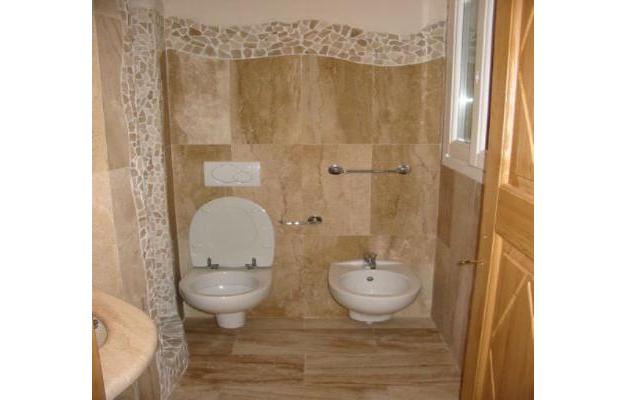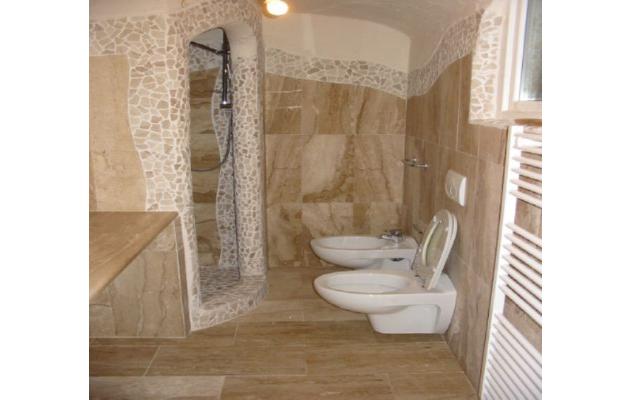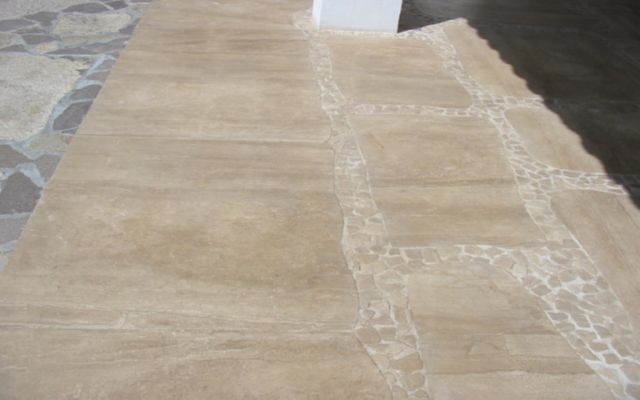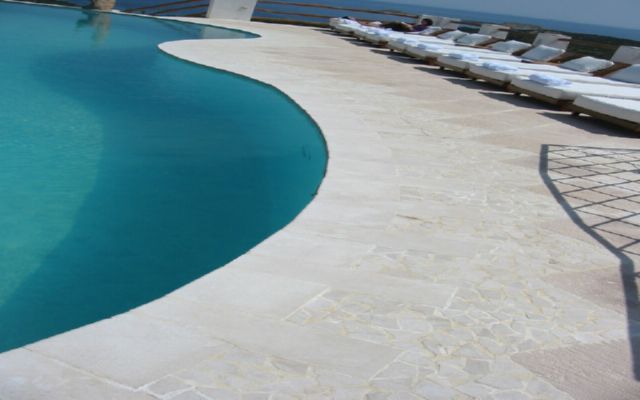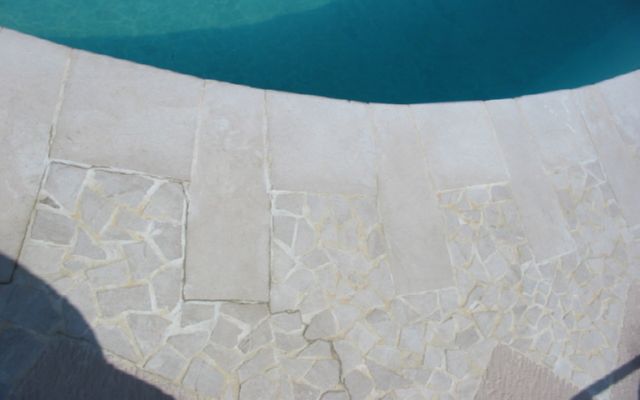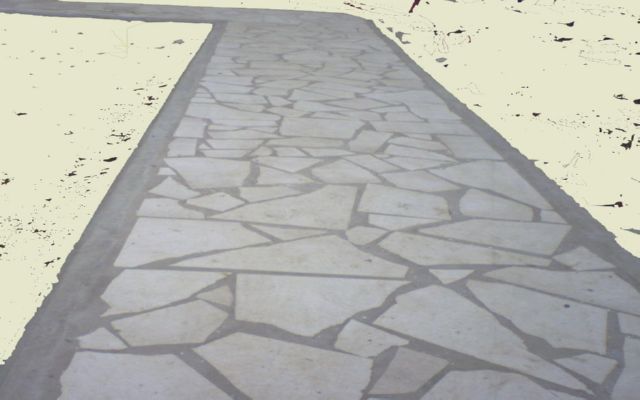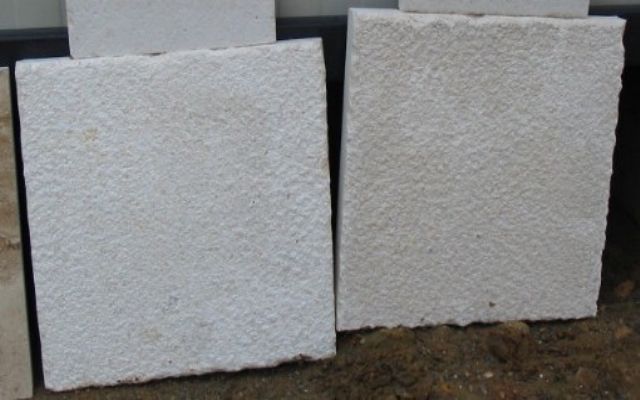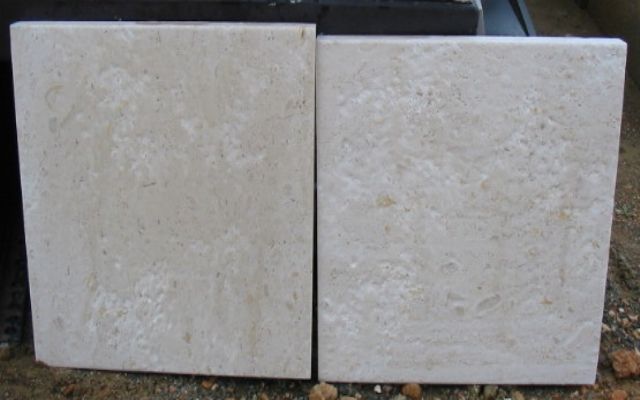
hard and versatile stone, that never goes out of fashion, has always been appreciated for its durability, its resistance to wear and for outstanding aesthetic offering. Many are its uses in domestic field, original is for interior decoration and for design for the extraordinary nature of his veins, for the continuous changeability of its nuances and its ductility. Today, thanks to the newfound taste for decoration, is all the rage this material extraordinarily durable but still able to innovate. The Orosei marble is a fascinating material, of extraordinarily elegant, still able to excite us, let us immerse in the most ancient tradition and at the same time to be extraordinarily modern.
Marble is a metamorphic rock composed mainly of calcium carbonate (CaCO3). The word comes from the ancient greek marble mármaron or Marmaros, meaning shining stone, itself derived from the verb marmàirō, which means to shine. Marble is formed through a process of metamorphic sedimentary rocks such as limestone or dolomite, which causes a complete recrystallization of calcium carbonate of which are predominantly composed and gives rise to a mosaic of crystals of calcite or dolomite (mineral) . The combined temperature and pressure during processing of sedimentary rock of marble, leads to progressive obliteration of the original structures and textures in the rock, with the consequent destruction of any fossil, sedimentary layering, or other structure in the original rock. The color of marble depends on the presence of impurity minerals (clay, silt, sand, iron oxides, nodules of flint), existing granules or layers within the sedimentary rock original. During the metamorphic process such impurities and recrystallised are moved due to pressure and heat. The white marbles are the result of the metamorphosis of limestone free from impurities.
Limestone with beige color.
Characteristics and uses of Orosei marble:
Formation of marble
Main properties of Orosei marble or Daino:
Place of extraction: Orosei (Sardinia's east coast) Tuttavista mountain (800 meters above sea level)
Training period: Jurassic (about 150 million years ago)
and Cretaceous (about 100 million years ago).
Main physical characteristics: CaCO3 (% by weight) 97.11 MgCO3 (%) 0.75 - Sio2 (%) 00:19
Weight per unit volume: 2,72 Tons / m3 - breaking load compression: 1.7 kg / cm2
Flexural strength: 148 kg / cm2 - Coefficient of water absorption: 0:33%
Quarries
The blocks
The types of Daino
Our works
PHYSICAL AND MECHANICAL PROPERTIES OF OROSEI MARBLE
Compressive strength uniassale
audition on dry kg. / cm.2 1664 + -285
on the specimen soaked kg. / cm.2 1620 + -271
after cycles of freezing kg. / cm.2 1706 + -209
Flexural resistance
audition on dry kg. / cm.2 168 + -52
on the specimen soaked kg. / 142 + -31 cm.2
after cycles of freezing kg. / cm.2 154 + -25
Impact strength
specimen to be 15 mm thick cm. 13 + -3
Resist. Sliding friction wear mm. 4.50 + -0.82
Wear resistance to sand blasting g 0.10 + -0.01
Modulus of elasticity longitudinally (static) Kg. / Cm.2 712,150 + -73,410
Modulus of elasticity longitudinally (dynamic) Kg. / Cm.2 626000 -19300 +
Coefficient of thermal expansion mm / m ° C 0.0025
Imibizione% coefficient of 0.835 + -0.042
Unit weight Kg. / M3 in 2627 + -35
Its specific gravity g / cm3 2.7
Poisson coefficient of 0.26 + -0.02
Chemical Analysis
CaCO3 % in peso 97,11
MgCo3 % in peso 0,75
SiO2 % in peso 0,19
TiO2 ppm <10
LiO2 ppm 6
NaO2 ppm 31
K2O ppm 15
Fe2O3 ppm 120
Al2O3 ppm 92
Cr2O3 ppm 18
CuO ppm 11
PbO ppm 76
MnO ppm 27



